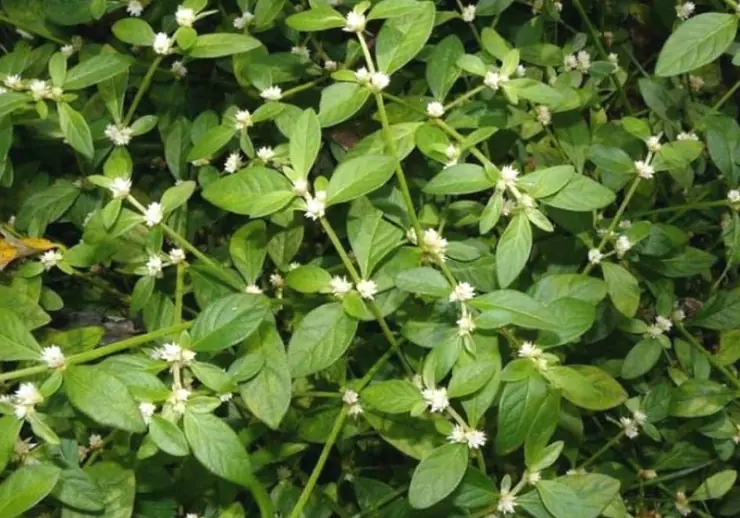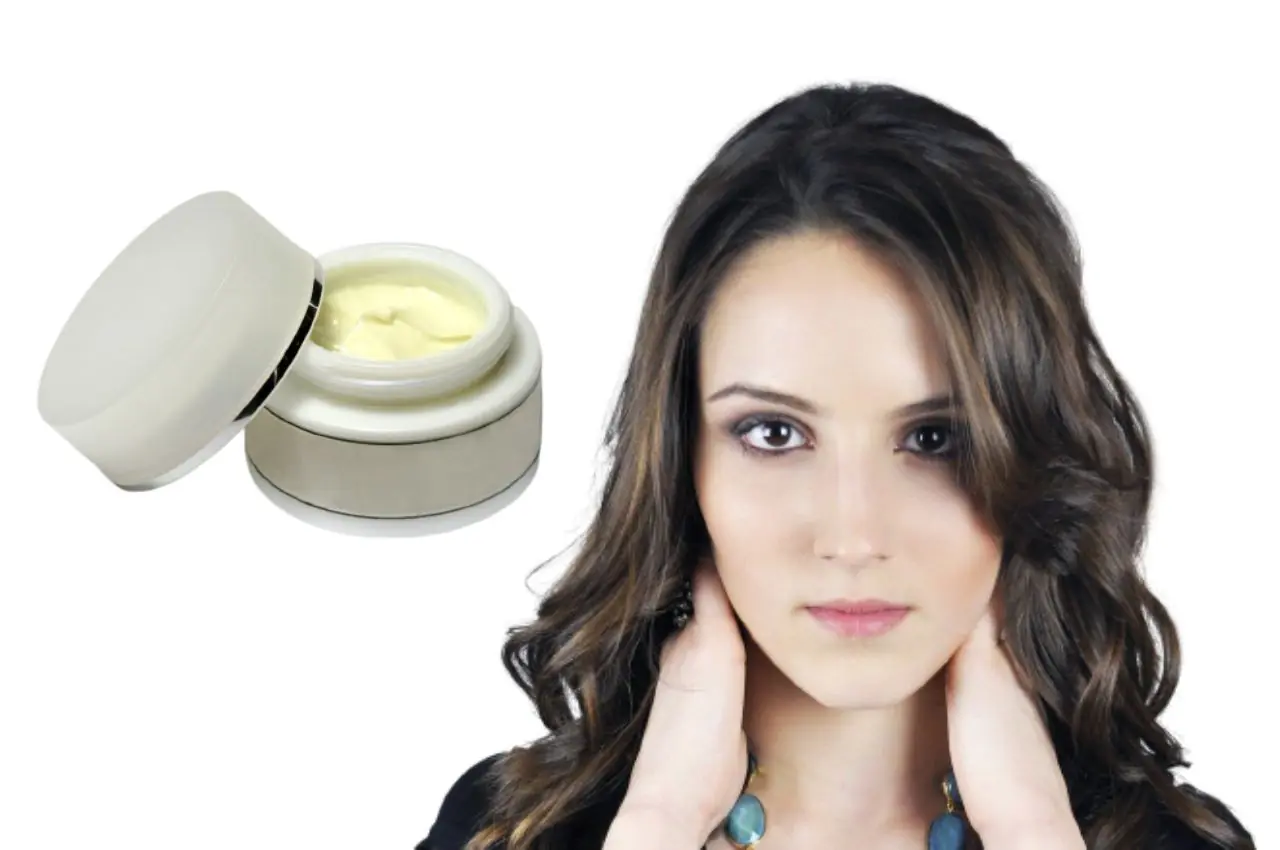
Cactus and little-known medicinal remedies

Medicinal Uses of the Cactus Plant You May Not Know
Cactus is a familiar ornamental plant often seen in many households. Most people value it for its unique appearance and ability to thrive with little care. However, few know that cactus also has a long history of being used in traditional medicine. In this article, MEDLATEC will guide you through the biological features, medicinal properties, and folk remedies made from cactus.
1. Biological Characteristics of the Cactus Plant
The cactus (also known or in traditional medicine) belongs to the Euphorbiaceae family. Depending on the species, it can reach a height of 7–8 meters, with thick, fleshy branches. There are more than 2,000 cactus species worldwide, but the most common types used medicinally in Vietnam are the prickly pear cactus and the three-ribbed cactus
Cactus plants usually have few leaves. The leaves are small and quickly transform into spines. Their stalks are short and oval-shaped, while veins grow along the edges of the branches. Cactus flowers grow in clusters and usually form umbrella-shaped groups with a diameter of around 1 cm.
Two species commonly used in folk medicine are:
-
Three-ribbed cactus: Has stems with three very distinct ridges, growing 1–3 meters tall. The leaves are tiny and sprout along the ridges. The flowers are yellow, while the fruits are green when young.
-
Prickly pear cactus: Flat, pad-shaped stems resembling rabbit ears, branching out with numerous spines. The fruits are green when unripe and turn reddish-pink when mature.
2. Chemical Components and Healing Properties
Modern research has identified several bioactive compounds in cactus with anti-inflammatory, antioxidant, and pain-relieving effects. These include:
friedelan-3a-ol, β-amyrin, citric acid, flavonoids, fumaric acid, taraxerol, α-euphorbol, cuphol, and γ-euphorbol, among others.
In traditional medicine, cactus is considered cold in nature, bitter in taste, and containing certain toxic elements. Each part of the plant serves a different purpose:
-
Stems: Used for gout pain, swelling, skin abscesses, and constipation.
-
Leaves: Helpful for urinary retention, skin boils, heat reduction, toxin elimination, and digestive blockage.
-
Sap (latex): Applied for diarrhea, rheumatism, ascites, cirrhosis, warts, toothache, itchy skin, and fungal infections.
3. Folk Remedies Using Cactus
3.1. Treating Back Pain
With prickly pear cactus:
-
Method 1:
Prepare 1–2 cactus pads, remove the spines, wash thoroughly, cut into small pieces, and crush. Heat together with 100g of coarse salt in a pan, then wrap the mixture in a clean cloth. Apply directly to the painful area of the back. -
Method 2:
Prepare 4 cactus pads, remove the spines, wash, and grill until hot. Wrap in cloth and place on the back. Once the pads cool, reheat and reapply repeatedly for 30 minutes. Do this twice daily for optimal results.
With three-ribbed cactus:
-
Method 1:
Use 3 young cactus shoots and 1 snakehead fish. Remove spines from the cactus, wash, and slice thinly. Rub with salt, rinse again to remove the latex. Clean and gut the fish, then cook it together with the cactus in a pot with 1 cup of water for about 15 minutes. Eat once daily for 5 days. -
Method 2:
Slice medium-aged cactus stems after removing spines, dry them under the sun, roast until golden, and store. Each day, boil with 3 cups of water until reduced to 1 cup. Drink before bedtime for two weeks.
3.2. Treating Toothache
Grill a cactus branch (with spines removed) until soft, pound into a paste, remove fibers, and mix with a pinch of salt. Apply to the aching tooth and keep your mouth closed for 10 minutes. Spit out any saliva produced and rinse thoroughly with clean water afterward.
3.3. Treating Skin Infections and Boils
Grill cactus stems (spines removed) until slightly browned, let cool, crush into a paste, and apply directly to inflamed skin areas or boils. The heat combined with cactus sap helps reduce swelling and speed up pus drainage.
4. Important Precautions When Using Cactus as Medicine

Although cactus can be beneficial, it also contains toxins that may cause side effects if used incorrectly. Some important notes include:
-
Avoid letting cactus latex come into contact with the skin or eyes, as it may cause irritation or burns.
-
Always wash cactus thoroughly and remove the latex before cooking or decocting it, since the sap can cause poisoning symptoms such as dizziness, nausea, diarrhea, and irritation of the mucous membranes.
-
Only specific types of cactus (three-ribbed and prickly pear) are recommended for medicinal use.
-
When applying grilled cactus pads to the skin, check the temperature carefully to prevent burns.
-
Do not use cactus remedies for extended periods, as overuse can lead to digestive problems and mucous irritation.
-
Select fleshy, fresh cactus stems with thick pads for higher levels of active compounds.
-
Cactus remedies are not suitable for pregnant women or breastfeeding mothers.
Conclusion
Cactus is not only an ornamental plant but also a valuable medicinal herb in folk remedies. Thanks to its anti-inflammatory, detoxifying, and pain-relieving properties, cactus has been traditionally used to treat conditions ranging from back pain and toothache to boils and skin infections. However, due to its toxic sap, cactus must be used with great care. For safety, patients should only use cactus under the guidance of experienced traditional medicine practitioners, who can provide proper dosage and preparation methods.
By understanding both its healing potential and possible risks, we can make more informed and cautious use of cactus in daily health care.
News in the same category


Genius Laundry Hack: Why Putting an Empty Plastic Bottle in Your Washing Machine Can Save Time and Hassle
It may sound strange, but dropping a simple empty plastic bottle into your washing machine could completely change the way you do laundry. This clever trick not only prevents clothes from tangling but also improves the overall cleaning process, making you

How long should frozen meat be thrown away? Here's the answer.

Put a Roll of Toilet Paper in the Fridge Overnight: The Unexpected Hack That Saves Families a Fortune
A simple household item can become a powerful money-saving tool if you know how to use it wisely. Believe it or not, placing a single roll of toilet paper inside your refrigerator overnight can help reduce odors, prevent frost buildup, and even cut down y

This is the reason why you should plant aloe vera in your home right away.

Shocking Nighttime Clues: 2 Silent Symptoms That Could Signal Cancer Without You Realizing
Many cancers develop quietly, often without clear warning signs in their early stages. Yet, doctors warn that some subtle changes, especially those that appear at night, may hold valuable clues. Recognizing them in time could make the difference between c

2 Everyday Drinks That Terrify Stroke and Cancer: Cheap, Accessible, and Surprisingly Powerful
Could two of the world’s most common beverages help guard against some of today’s deadliest diseases? New research suggests that tea and coffee—drinks enjoyed daily by millions—may lower the risk of stroke, cancer, and other chronic conditions, ma

Keep a garlic bulb by your bedside—the ‘golden’ benefits will make anyone want to try it

Throwing away coffee grounds is like throwing away money—these uses for coffee grounds are things every household needs

Soak yellowed pillow inserts in this, and no matter how dirty they are, they’ll come out bright and clean like new

Seasoning powder and monosodium glutamate, which is the most harmful?

Throw Watermelon Away Immediately If It Looks Like This

I Was Digging In The Forest When I Hit a Nest

The Secrets Your Thumb Shape Reveals

How To Clean a Fan Without Taking It Apart

Things You Should Never Plug Into A Power Strip

Pouring white sugar into washing powder: A little trick that everyone likes, saving big money every year

The desiccant bag you often throw away has 6 "miraculous" uses.
News Post

Put an empty plastic bottle in the washing machine, I admit the person who came up with this trick has a "top notch" IQ

MAHA Chief Medical Advisor Dr. Aseem Malhotra Just Declared That No One Should Have Ever Taken the COVID mRNA Vaccines.

New mRNA Shot Turns Immune Cells Into Cancer-Killers Directly Inside the Body, Study Finds

One Vitamin That Could Transform Your Circulation

Why Cold Showers on Hot Summer Nights May Keep You Awake

Lesser-Known Menopause Symptoms

Signs Your Cortisol Is Dangerously High

Genius Laundry Hack: Why Putting an Empty Plastic Bottle in Your Washing Machine Can Save Time and Hassle
It may sound strange, but dropping a simple empty plastic bottle into your washing machine could completely change the way you do laundry. This clever trick not only prevents clothes from tangling but also improves the overall cleaning process, making you

How long should frozen meat be thrown away? Here's the answer.

Put a Roll of Toilet Paper in the Fridge Overnight: The Unexpected Hack That Saves Families a Fortune
A simple household item can become a powerful money-saving tool if you know how to use it wisely. Believe it or not, placing a single roll of toilet paper inside your refrigerator overnight can help reduce odors, prevent frost buildup, and even cut down y

This is the reason why you should plant aloe vera in your home right away.

Groom-To-Be, 28, Dies of Acute Liver Failure After Eating Chicken: Doctors Urge the Public to Beware of This Hidden Danger
The tragic story of a young man in China who was preparing for his wedding but suddenly died from acute liver failure after food poisoning has shocked the nation. Experts warn that improper food handling and consumption of spoiled or contaminated food can

He Never Drank Alcohol but Died of Liver Failure: Doctors Reveal 4 Common Foods That Quietly Destroy the Liver
A man who stayed away from alcohol his entire life shocked his family when he was diagnosed with liver failure and passed away at just 55 years old. Doctors warn that alcohol is not the only enemy of the liver—certain everyday foods can be just as destr

Vitamin D Overdose: When Good Intentions Turn Toxic
Vitamin D is often celebrated as the “sunshine vitamin,” vital for bone strength, immune health, and even protection against certain chronic diseases. But while moderate amounts are essential, excessive or unsupervised intake can be toxic—and in som

6 Types of Pain You Shouldn’t Ignore
Occasional mild discomfort may not require urgent care, but sudden, unexplained, or severe pain always deserves medical attention.

Why You Shouldn’t Be Washing Bath Mats in the Washer

Snakes in Your House

Sessile Joyweed (Alternanthera sessilis): 6 Incredible Health Benefits and How to Use It Naturally
